Hoya Kerrii ‘Variegated’ – Big Bushyplant
Original price was: ₹5,899.00.₹2,799.00Current price is: ₹2,799.00.
30 in stock
Selling Size: Big Bushy plant mentioned in the last picture | Pot Included | Free Shipping
Weight:2-3 kg | Imported plant form thailand
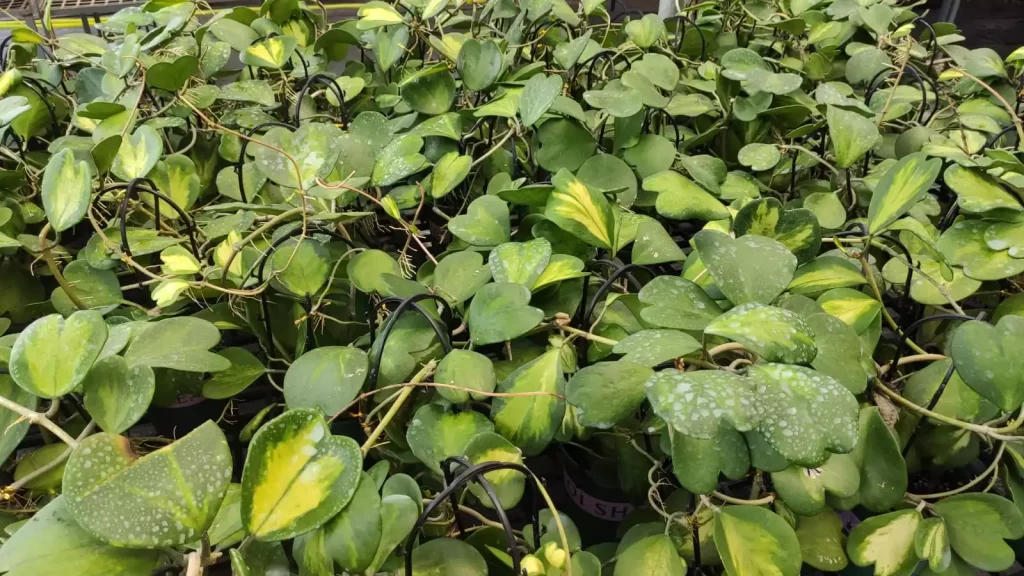
| Common Name | Hoya kerrii, sweetheart hoya, hoya hearts, lucky heart hoya, Valentine’s hoya |
| Botanical Name | Hoya kerrii |
| Family | Apocynaceae |
| Plant Type | Vine, succulent |
| Mature Size | 13 ft. long |
| Sun Exposure | Full |
| Soil Type | Well-draining |
| Soil pH | Acidic, neutral |
| Bloom Time | Spring, summer |
| Flower Color | Pink, white |
| Hardiness Zones | 11 (USDA) |
| Native Area | Asia |
Hoya Kerrii Care
When caring for hoya kerrii, thinking of them as succulents helps. They require lots of sun, a little bit of water, and well-draining soil. They thrive on neglect. Give them a sunny windowsill in your home and some water every few weeks, and they will be happy. These hoyas are notoriously slow-growing. Don’t be alarmed if your hoya kerrii hasn’t grown a leaf. If you provide it with enough sun and water, it will reward you with new growth when it’s ready.
:max_bytes(150000):strip_icc():format(webp)/hoya-kerri-care-guide-5222015-01-5548baf3b93e46198ac6c42abc3da564.jpg)
:max_bytes(150000):strip_icc():format(webp)/hoya-kerri-care-guide-5222015-03-8a862456c5cd444eb15bd222c7a014a3.jpg)
Light
Like succulents, these heart-shaped hoyas require lots of light to grow and thrive indoors. Choose a location for your hoya kerrii that receives several hours of bright, direct sunlight daily. A west- or south-facing window is ideal. If you lack natural light, adding a grow light to your setup may be a good idea. A full-spectrum LED grow light is an excellent choice for hoyas.
Soil
As an epiphyte, hoya kerrii require extremely airy, well-draining soil. Planting them in regular indoor potting soil without any amendments will lead to compacted roots and stunted growth. Instead, use a mixture of potting soil, perlite, orchid bark, and sand that your hoya kerrii will love.
Water
Allow the soil to dry thoroughly between waterings. Hoya kerrii can withstand long periods of drought thanks to their thick, water-storing leaves and are highly susceptible to overwatering and root rot. The amount of water that your hoya kerrii needs will vary by season. In the summer, you can water more frequently; in the winter, you should cut back on watering significantly.
An easy way to tell if your plant is ready for water is to look at the leaves—if they are still plump, then it doesn’t need water, but if they are thinner and slightly wrinkled, it’s time for a good drink! You can also use a moisture meter to ensure the soil is completely dry before watering.
Temperature and Humidity
Hoyas thrive in warm, humid conditions, and hoya kerrii are no exception. They do best in temperatures from 60 to 80 degrees Fahrenheit, and should not be exposed to temperatures below 50 degrees Fahrenheit. For the most part, typical household humidity levels are acceptable for hoya kerrii, but they will thrive with extra humidity. Placing a humidifier nearby is one of the best ways to increase humidity around your plant. Alternatively, choose a naturally humid room in your home to grow these hoyas, such as a bathroom, kitchen, or laundry room. While they are most commonly grown indoors as a houseplant in the United States, hoya kerrii can be grown outdoors year-round in USDA hardiness zone 11.
Fertilizer
Hoya kerrii are not high feeders but can still benefit from regular fertilization during their active growing period. In spring and summer, apply a balanced liquid fertilizer once a month to encourage healthy growth. For the amount to use, follow product label instructions.
Only logged in customers who have purchased this product may leave a review.

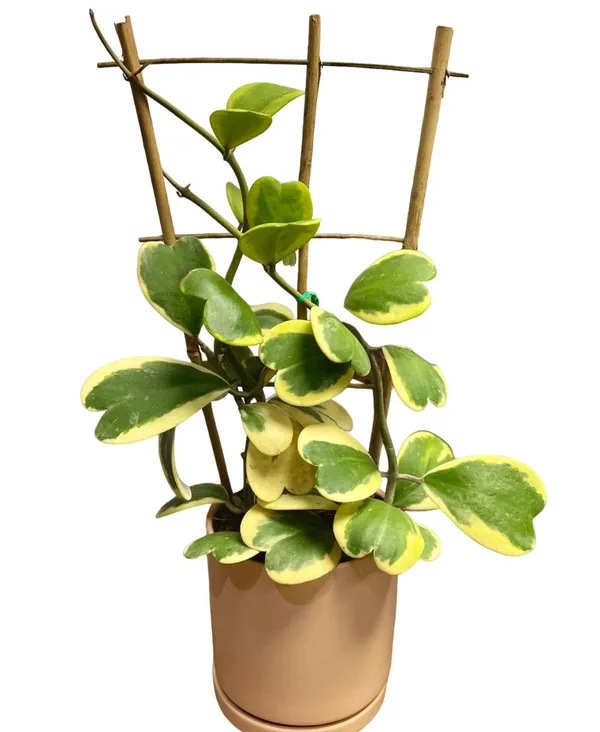
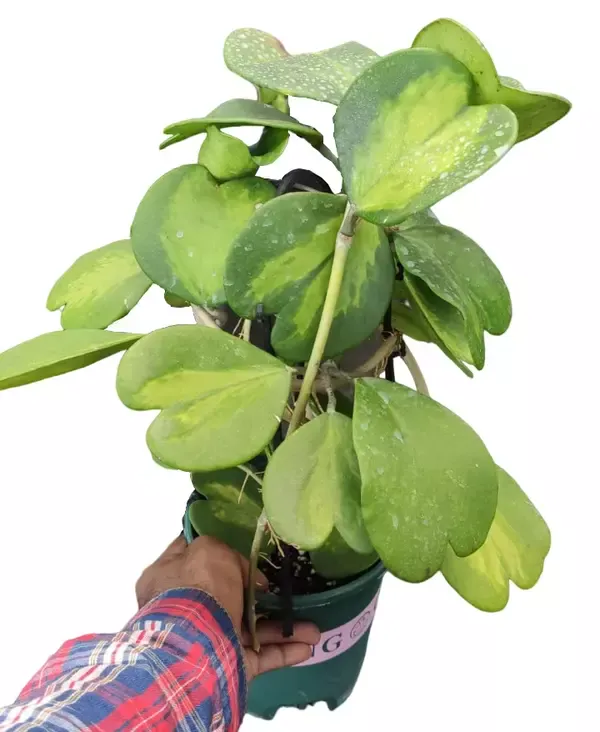
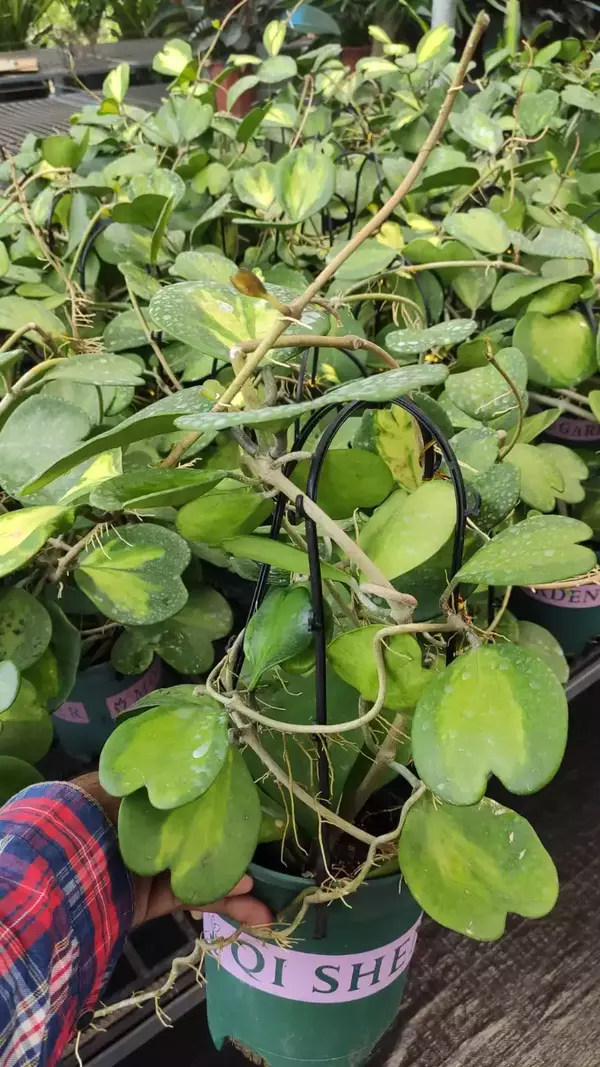
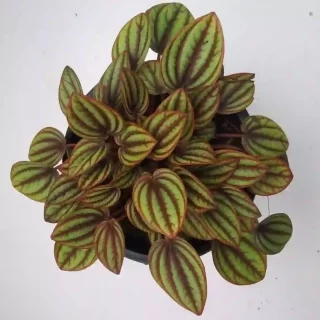



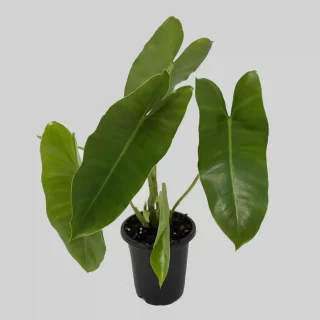
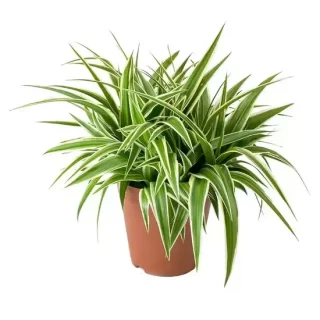
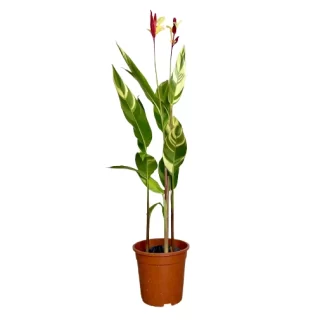
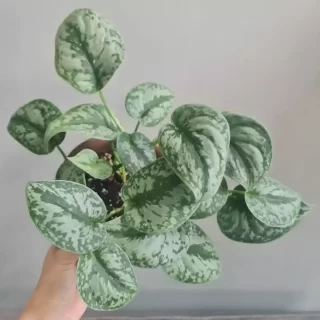
 If you need any assistance, I'm always here. Have you found what you were looking for?
If you need any assistance, I'm always here. Have you found what you were looking for?
Reviews
There are no reviews yet.